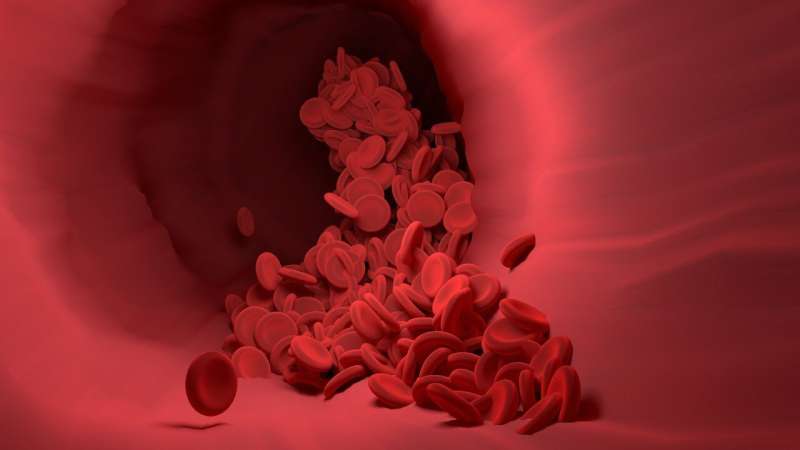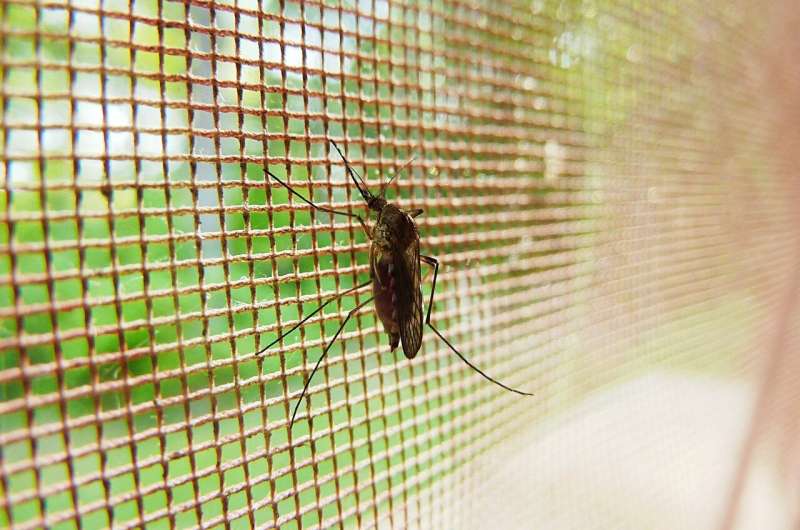Innovative Bioengineered Skin Accelerates Burn Healing in Preclinical Studies

A pioneering bioengineered skin developed by researchers from Tel Aviv University and Sheba Medical Center dramatically speeds up burn wound healing in preclinical models, offering new hope for improved burn treatments.
Researchers from Tel Aviv University and Sheba Medical Center have developed a groundbreaking bioengineered skin substitute that significantly enhances the healing process for burn wounds. This bioengineered skin, created from the patient's own cells, boasts increased stability, flexibility, and durability compared to conventional treatments, making it more manageable during application.
In experiments using full-thickness wound models, the new skin graft achieved wound closure in half the time required by traditional therapies. This advancement is particularly urgent given the rise in severe burn injuries amid ongoing conflicts, emphasizing the need for more effective treatment options.
The study is published in the journal Advanced Functional Materials. Prof. Lihi Adler-Abramovich explained that current standard treatment involves autologous skin grafting, which requires harvesting healthy skin from the patient—an approach with significant drawbacks, especially in extensive burns where healthy skin is limited.
An alternative, cultured epidermal autografts, involves cultivating skin cells in the lab from small biopsies, but this method faces issues such as shrinkage of the skin sheets, fragility, and production challenges involving animal-derived feeder cells. The new bioengineered graft overcomes these limitations by being scalable, non-shrinking, and easy to handle.
The design employs a nanofiber scaffold made from FDA-approved PCL polymer combined with a bioactive peptide that promotes cell growth and adhesion. This scaffold is seeded with skin cells derived from the patient’s biopsy, which self-organize into layers resembling natural skin, including structures like hair follicles. Results from animal model trials demonstrated a significant acceleration in healing, with wounds closing twice as fast and the formation of key skin structures.
Dr. Marina Ben-Shoshan highlighted the graft's stability and robustness, noting it does not shrink or tear upon contact. The scalable production process and the use of biocompatible materials suggest potential for widespread clinical application. Dr. Amit Sitt emphasized that this technology could revolutionize burn treatment by providing personalized, durable, and effective skin grafts.
Prof. Yossi Haik concluded that this innovation marks a major step forward in burn care, offering hope for better outcomes for both soldiers and civilians suffering from severe burns. Next steps include further trials and efforts to gain regulatory approval to bring this promising technology into clinical practice.
This advancement aligns with the ongoing goal of improving personalized therapies, ultimately aiming to enhance recovery and quality of life for burn victims.
Stay Updated with Mia's Feed
Get the latest health & wellness insights delivered straight to your inbox.
Related Articles
Discovery of Key Genes Responsible for Suppressing Blood Cancer Growth Offers New Treatment Possibilities
Australian researchers identify the GATOR1 complex as a crucial tumor suppressor in lymphoma, revealing promising avenues for targeted blood cancer therapies and personalized medicine approaches.
Both Artificially Sweetened and Sugary Drinks Increase Risk of Liver Disease, New Study Finds
New research shows that both sugary and artificially sweetened drinks are linked to increased risk of liver disease, highlighting the importance of healthier beverage choices for liver health.
Understanding the Formation of Wrinkles as Skin Buckles with Age
New research explains the physical process behind wrinkle formation as skin ages, highlighting how mechanical buckling contributes to skin aging and emphasizing the importance of sun protection.



